Explore the therapeutic potential of medical marijuana, focusing on key cannabinoids THC and CBD, Marijuana as a Medicine, the process to obtain a medical marijuana license, and medical marijuanan
Understanding Marijuana as a Medicine
The use of marijuana as a medicinal agent has garnered significant attention in recent years. Central to its therapeutic potential are key cannabinoids—tetrahydrocannabinol (THC) and cannabidiol (CBD). THC is known for its psychoactive effects, while CBD is non-psychoactive and has garnered attention for its potential therapeutic benefits.
Research indicates that these cannabinoids can offer various health benefits. For instance, THC has been shown to provide substantial pain relief for chronic pain sufferers, and it also possesses anti-inflammatory properties. In tandem, CBD is being studied for its effectiveness in managing anxiety, post-traumatic stress disorder (PTSD), and other mental health conditions. These positive effects are attributed to the way cannabinoids interact with the endocannabinoid system, which plays a crucial role in regulating mood, pain, and other physiological functions.
Several studies highlight the promising implications of medical marijuana. For patients dealing with debilitating conditions such as cancer, multiple sclerosis, and epilepsy, marijuana-based treatments can offer relief where conventional medications may fall short. For instance, Epidiolex, a CBD-based drug, has received FDA approval for treating certain types of epilepsy, underscoring the potential for cannabinoids in managing severe neurological conditions.
However, the use of marijuana as a medicine continues to be a subject of heated debate. Critics argue that the evidence supporting medical marijuana is not yet robust enough for widespread clinical endorsement. There are concerns regarding potential dependency, cognitive impairment, and other long-term side effects. Additionally, the variability in marijuana plant strains and concentrations of THC and CBD poses challenges in creating standardized medical treatments.
The medical community remains cautiously optimistic. While there is a growing consensus that medical marijuana can be beneficial, it is often recommended as an adjunctive therapy—complementary to other treatments rather than a standalone solution. As research continues to evolve, it is crucial to balance the therapeutic promises of medical marijuana with a rigorous assessment of its risks and benefits.
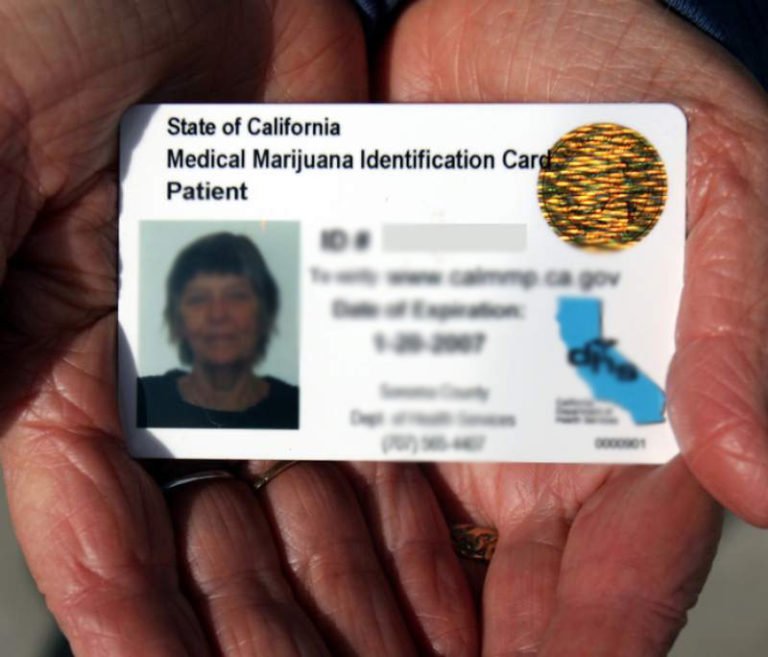
Medical Marijuana License: How to Obtain One
Securing a medical marijuana license involves navigating a series of steps designed to ensure that the process is both thorough and compliant with state-specific regulations. The first step is to determine whether you meet the eligibility criteria. Most states require that you have a qualifying medical condition, which could include chronic pain, epilepsy, glaucoma, or other conditions specified by state law. It’s essential to check your state’s list to confirm that your condition qualifies for medical marijuana treatment.
Once you confirm eligibility, the next step is obtaining a medical evaluation from a licensed healthcare provider. During this evaluation, your medical history will be reviewed, and your current health status assessed to determine if medical marijuana is an appropriate treatment option. The healthcare provider must be registered with the state’s medical marijuana program to issue the necessary recommendation or certification.
After receiving a recommendation, you can proceed with the application process through your state’s medical marijuana program. This typically involves submitting an online or paper application, the medical recommendation, and proof of residency. There may also be an application fee, which varies by state but generally ranges between $50 to $200. Ensure that all sections of the application are accurately completed to prevent delays in processing.
The validity period of a medical marijuana license usually spans one year after issuance. It’s crucial to be mindful of the expiration date and the renewal process, which often requires another medical evaluation and submission of a renewal application along with any applicable fees. Failure to renew promptly can result in a lapse in the license, making it illegal for you to possess or use medical marijuana.
Understanding the costs involved is vital. Apart from the application fee, consider healthcare provider fees for consultations, which may not always be covered by insurance. Additionally, separate renewal fees apply upon the license’s expiration.
Navigating the medical marijuana licensing process can initially seem daunting, but it becomes manageable with clear guidance and adherence to state protocols.
Legal Variations: State-by-State Medical Marijuana Laws
The legal landscape for medical marijuana in the United States is complex and varies significantly from state to state. As of now, 38 states along with Washington, D.C., have laws permitting medical marijuana use to varying degrees. States such as California, Colorado, and Oregon have well-established frameworks that allow for the use, sale, and cultivation of medical marijuana under stringent regulatory guidelines. Meanwhile, states like Alabama and Mississippi have only recently introduced more restrictive medical marijuana programs that limit its availability to specific medical conditions.
Conversely, a handful of states remain strictly opposed to any form of cannabis legalization. States like Idaho, Kansas, and Nebraska continue to enforce full prohibition of all cannabis-related activities, citing concerns over federal legality and public health implications. These states remain steadfast despite increasing pressure from advocacy groups and the evolving public opinion favoring medical marijuana license legalization.
Federal laws complicate the scenario further. While the Controlled Substances Act (CSA) classifies marijuana as a Schedule I drug, implying it has no accepted medical use, the Department of Justice has largely adopted a hands-off approach with the Cole Memorandum, allowing states to regulate themselves as long as they adhere to specific enforcement priorities, such as preventing interstate trafficking. However, this non-interference stance can change with administration shifts, creating an unstable environment for states and patients alike.
Several states, including New York and Illinois, have developed detailed, patient-focused programs that not only permit medical marijuana use but also support a comprehensive licensing and regulatory scheme for dispensaries and cultivators. These state programs often require patients to obtain a physician’s recommendation and register with state health departments to receive a medical marijuana card.
Overall, the dichotomy between federal illegality and state-level legalization creates a patchwork of regulations that can be confusing for patients, providers, and law enforcement alike. Understanding the intricacies of each state’s laws and the federal stance is crucial for anyone navigating the medical marijuana landscape in the United States.
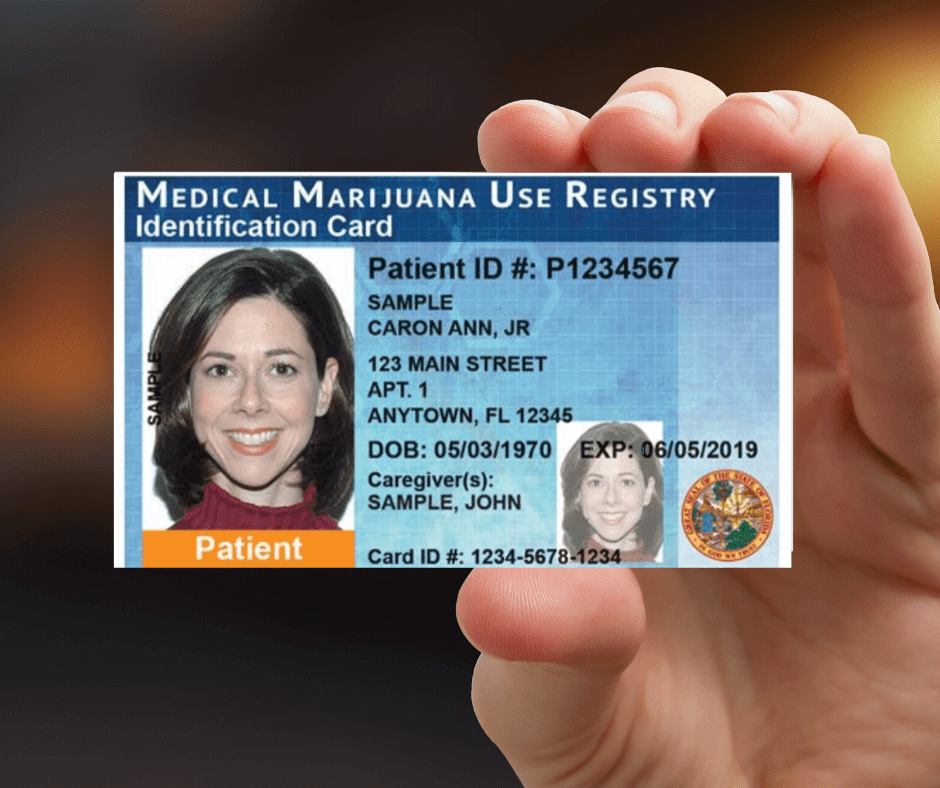
Interstate Challenges: Do Medical Marijuana Cards Work in Other States?
As the use of medical marijuana becomes more widespread, understanding the legality of using a medical marijuana card in different states is crucial for patients who travel frequently. Currently, the landscape of medical marijuana legislation varies significantly from state to state, and this lack of uniformity can pose difficulties for cardholders.
Some states offer reciprocity, meaning they recognize medical marijuana Liciense issued by other states. For example, states like Nevada, Maine, and Rhode Island have provisions to accommodate out-of-state patients, allowing them to possess and purchase medical marijuana within certain limitations. However, these states often require visiting patients to register temporarily or adhere to specific guidelines different from their home state.
In contrast, many states do not recognize out-of-state medical marijuana cards at all, even if both states have legalized medical marijuana. This creates a complex legal scenario for traveling patients, who must navigate differing state laws to avoid legal repercussions. States without reciprocity typically require that individuals be residents and possess a medical marijuana license issued by that state to legally obtain and use medical marijuana.
For patients traveling to states where their medical marijuana card is not recognized, it’s important to understand the ramifications. Being in possession of medical marijuana in a state without reciprocity can lead to legal issues, including fines and potential criminal charges. Patients should thoroughly research the laws of the states they plan to visit and consider alternatives for managing their medical needs during travel.
Some general tips for traveling medical marijuana patients include carrying only the amount of product permitted by law, keeping medical documentation readily accessible, and understanding federal laws, especially considering that marijuana is still illegal at the federal level. Additionally, it is advised to avoid carrying medical marijuana on flights, as airports fall under federal jurisdiction.
The interstate challenges of using a medical marijuana card reveal the broader need for comprehensive federal legislation that harmonizes state laws and protects patients’ rights across state lines. Until such measures are enacted, patients must remain informed and cautious when traveling with medical marijuana.
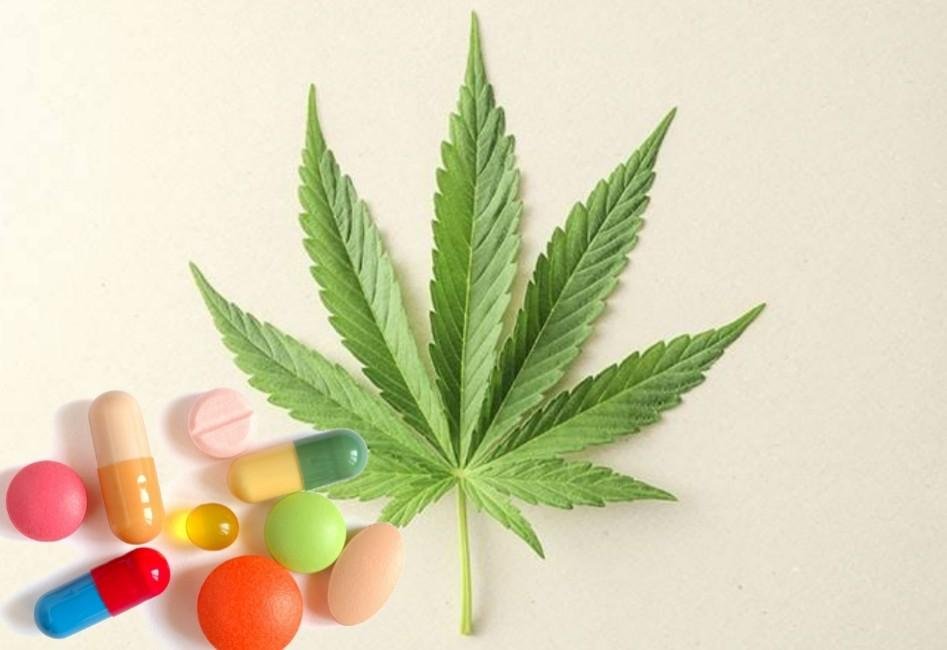
Marijuana as a Drug: Types and Classifications
Marijuana, also known as cannabis, is a versatile plant with a range of applications, leading to its classification into various types based on usage. Primarily, marijuana is divided into two predominant categories: medical and recreational. Medical marijuana is prescribed by healthcare professionals to alleviate symptoms of certain medical conditions, such as chronic pain, epilepsy, and multiple sclerosis. It typically contains higher levels of cannabidiol (CBD), which is known for its therapeutic benefits without the psychoactive effects. On the other hand, recreational marijuana is utilized for recreational or personal use to achieve a sense of euphoria or relaxation, and it often contains higher levels of tetrahydrocannabinol (THC), the psychoactive compound responsible for the ‘high’ sensation.
Beyond these overarching classifications, marijuana is further divided into strains, each with unique chemical profiles and effects. Indica strains are generally associated with sedative effects, making them suitable for nighttime use and for conditions like insomnia or anxiety. Sativa strains are known for their stimulating effects, which can enhance creativity and focus, making them preferable for daytime use. Hybrid strains, as the name suggests, are bred from both Indica and Sativa strains to produce a balanced combination of effects tailored to specific needs.
From a legal standpoint, marijuana’s classification as a drug is crucial. In the United States, the Drug Enforcement Administration (DEA) classifies marijuana as a Schedule I substance under the Controlled Substances Act. This classification implies that marijuana is considered to have a high potential for abuse and no accepted medical use at the federal level. Consequently, this classification poses significant barriers to medical research and legal adoption, as researchers face stringent regulatory challenges to study its medicinal potential. However, individual states have enacted laws that conflict with federal classification, allowing for the use of marijuana for medical, and in some cases, recreational purposes under regulated frameworks.
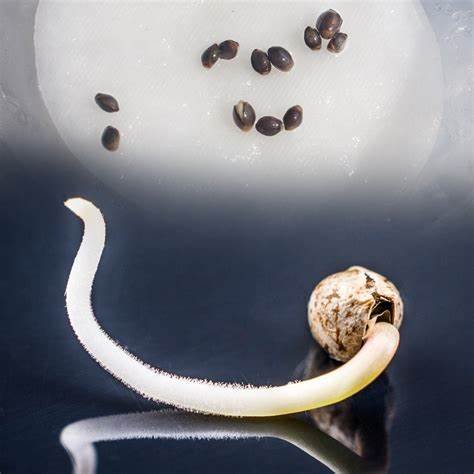
The Marijuana Plant: From Seed to Sale
The cultivation of marijuana plants is a complex and meticulous process that requires careful attention at every stage, from seed to sale. The journey begins with selecting the right seeds. There are different types of marijuana plants, primarily classified into two major species: Cannabis sativa and Cannabis indica. Cannabis sativa is often associated with an uplifting and energetic effect, making it popular for daytime use, while Cannabis indica is known for its sedative properties, suitable for nighttime use.
The growth of the marijuana plant can be divided into distinct stages: germination, seedling, vegetative, and flowering stages. During the germination phase, seeds are soaked in water until they sprout. Once sprouted, the seedling phase begins, during which the plant develops its initial leaves and requires a high-intensity light to stimulate growth. The vegetative stage follows, marked by rapid growth and the development of the plant’s main structure. Finally, the flowering stage is when the plant starts to produce buds, which are harvested to obtain marijuana.
There are two primary methods for cultivating marijuana plants: indoor and outdoor growing. Indoor cultivation allows growers to control environmental factors such as temperature, humidity, and light exposure, which can lead to higher yields and better quality control. However, it is also more resource-intensive. Outdoor growing, on the other hand, takes advantage of natural sunlight and is generally less costly in terms of energy consumption, but it is subject to environmental variables like weather and pests.
Quality control measures are crucial in the cultivation process to ensure that consumers receive a safe and effective product. This includes regular testing for potency and contaminants, such as mold, pesticides, and heavy metals. Additionally, proper drying and curing techniques are essential to preserve the plant’s cannabinoids and terpenes, which are responsible for its therapeutic effects and aroma.
When purchasing marijuana plants or seeds, consumers should be informed about the strain’s origin and cultivation methods. Reputable dispensaries should provide detailed information on the product’s potency, genetic background, and lab test results. Understanding these aspects can help consumers make informed choices that best suit their needs and preferences.
Marijuana at The1010boys.net: What You Need to Know
The1010boys.net stands out as a premier destination for acquiring high-quality medical marijuana products. This platform offers a diverse selection that caters to varying therapeutic needs. Patients can find an array of items, including fresh plants, seeds for home cultivation, therapeutic oils, and delicately crafted edibles. Each product promises to meet stringent standards for consistency and efficacy, ensuring that all customers have access to reliable and beneficial options.
Purchasing from The1010boys.net is streamlined and user-friendly, adhering to legal requirements to ensure secure transactions. Customers must first verify their eligibility by providing the necessary documentation, such as a valid medical marijuana card or prescription from a licensed healthcare provider. Once verified, users can browse through the extensive catalog, read detailed descriptions, and select the products that best suit their medical needs.
Understanding legal frameworks is crucial for potential buyers. The1010boys.net operates within strict compliance with federal and state regulations governing the sale and distribution of medical marijuana. It is essential for customers to be aware of their local laws, as these may influence their ability to purchase and use medical marijuana legally. The1010boys.net provides comprehensive guidance and customer support to navigate these regulations effectively.
Customer satisfaction is a cornerstone of The1010boys.net’s mission. Reviews from users highlight the reliability of their products and the professionalism of their service. Positive feedback underscores the potency and therapeutic benefits of the medical marijuana offerings, while the company’s commitment to quality control is frequently praised. Furthermore, The1010boys.net maintains a reputation for exceptional customer service, ensuring that all inquiries and issues are addressed promptly and satisfactorily.
By offering a trustworthy and diverse selection of medical marijuana products, along with adherence to legal protocols and a strong focus on customer satisfaction, The1010boys.net has earned its position as a reputable and reliable source for medical marijuana. This holistic approach ensures that patients receive not only effective treatments but also a safe and supportive purchasing experience.
Future of Medical Marijuana: Trends and Developments
The landscape of medical marijuana is continually evolving, driven by advancements in research, changing legislative frameworks, and growing acceptance within mainstream healthcare. Foremost among the futute trends is the ongoing expansion of medical research. As more funding becomes available, studies investigating the therapeutic potential of marijuana are becoming increasingly sophisticated. Research is anticipated to focus on understanding the specific cannabinoids responsible for alleviating various medical conditions, such as chronic pain, epilepsy, and anxiety disorders.
Potential changes in legislation are also anticipated to shape the future of medical marijuana. Many countries and states that currently impose strict regulations may reconsider these in light of emerging evidence supporting marijuana’s medical efficacy. This shift could lead to wider accessibility for patients, who would benefit from legally prescribed marijuana as part of comprehensive treatment plans. Furthermore, the evolving legislative environment may offer clearer guidelines on dosage, strain-specific treatments, and quality control of medical cannabis products.
Parallel to research and legislation, the acceptance of marijuana in mainstream treatment plans is expected to rise. Healthcare providers are increasingly recognizing the complementary role that medical marijuana can play alongside conventional treatments. The integration of marijuana into treatment regimens offers a more personalized approach to healthcare, addressing individual patient needs through tailored cannabinoid therapy.
Another significant trend is the increasing role of technology in the cultivation and distribution of medical marijuana. Innovations in agricultural technology, such as automated growing systems and advanced hydroponics, are enhancing the efficiency and sustainability of cannabis cultivation. Additionally, digital platforms are revolutionizing the distribution chain, from online consultations and prescriptions to home delivery services, ensuring patients have safer and more convenient access to their medication. These technological advancements are likely to accelerate as the medical marijuana industry matures and becomes more integrated into the broader healthcare system.


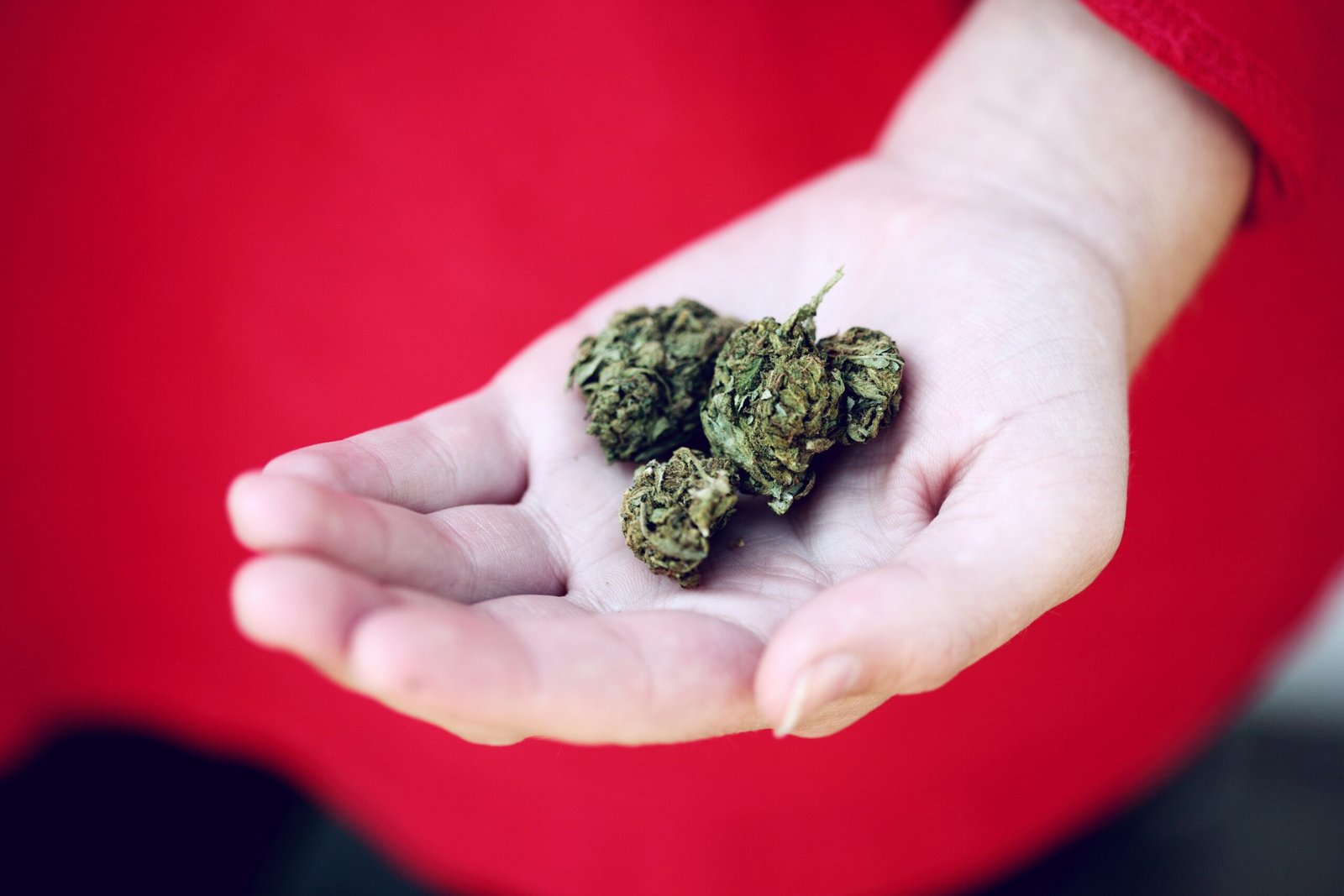
Přijetí hypoteční platby může být problematické pokud nemáte rádi
čekání v dlouhých řadách , vyplnění mimořádné formuláře , a odmítnutí úvěru na základě vašeho úvěrového skóre .
Přijímání hypoteční platby může být problematické, pokud nemáte
rádi čekání v dlouhých řadách , podávání extrémních formulářů ,
a odmítnutí úvěru na základě vašeho úvěrového skóre .
Přijímání hypoteční platby může být problematické , pokud nemáte rádi čekání v dlouhých řadách , vyplnění extrémních formulářů a odmítnutí úvěrových rozhodnutí založených
na úvěrových skóre . Nyní můžete svou hypotéku zaplatit rychle a efektivně v České republice. https://groups.google.com/g/sheasjkdcdjksaksda/c/_k_hsx7G–0
Přijetí hypoteční platby může být problematické pokud nemáte rádi čekání v dlouhých řadách , vyplnění mimořádné
formuláře , a odmítnutí úvěru na základě vašeho úvěrového skóre .
Přijímání hypoteční platby může být problematické, pokud nemáte rádi čekání v dlouhých řadách , podávání extrémních
formulářů , a odmítnutí úvěru na základě vašeho úvěrového skóre
. Přijímání hypoteční platby může být problematické , pokud nemáte
rádi čekání v dlouhých řadách , vyplnění extrémních formulářů a odmítnutí úvěrových rozhodnutí založených na úvěrových skóre .
Nyní můžete svou hypotéku zaplatit rychle a efektivně v České
republice. https://groups.google.com/g/sheasjkdcdjksaksda/c/_k_hsx7G–0
Very nice article and straight to the point. I don’t know if this is actually the best place to ask but do you guys have any thoughts on where to get some professional writers? Thanks 🙂
I like this internet site because so much useful material on here : D.
Some really prize posts on this site, saved to fav.
Hi, i feel that i noticed you visited my weblog so i got here to goo back the desire?.I
am attempting to to find issues to enhance mmy web site!I suppose its adequate to use a few of your ideas!!
Also visit myy web blog … https://www.fapjunk.com
la4yw3
5dollar deposit casino united states, apple pay casino
canada and free spins no deposit uk low wagering, or united kingdom roulette betting
strategy
my homepage; 2021 Gambling horoscope